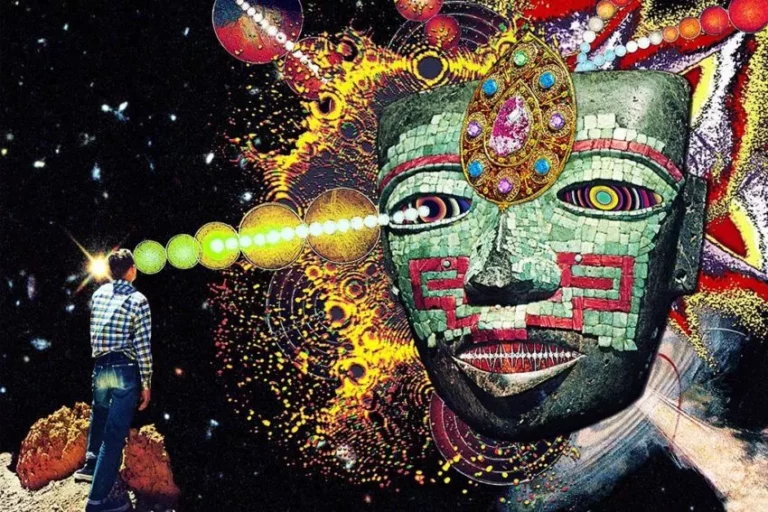“True love is the complete victory of the particular over the general, and the unconditional over the conditional.” ~ Nassim Taleb
I do my loving like I do my fishing: catch and release. I am committed only to the love of freedom and to the love of letting the journey be the thing. No destination. No expectation. No condition.
There is pleasure in the “chase,” in the challenge, in letting the journey be the thing, in going with the flow and allowing for the natural progression of events to unfold. And there is immense pleasure in the “catch,” in making a connection, in the sharing of intimacy, in being love.
But I find no pleasure in keeping, owning, controlling, or trapping love. My love must be free, and so the freedom of others is also paramount.
A healthy non-attachment is vital to keeping romantic fires burning. My mind-body-soul tangles with another mind-body-soul in a uniquely beautiful, spiritual and mystical experience that lasts for a precious time. But then that time, that experience, must be surrendered to Impermanence. Lest the illusion of permanence taint the freedom of Love.
Love is a tightrope that all lovers must walk. Nothing is certain. Great risk is ever prominent. Vulnerability is the secret. Balance is the key. Both become self-actualized when the lover, in their daring tightrope walk over the abyss, can apply healthy non-attachment and unconditional love to the journey of love.
This is easier said than done, certainly. But, as Spinoza said, “all things excellent are as difficult as they are rare.”
No destination:
“There is no riskier risk than refusing to risk at all.” ~ Jen Sincero
The journey is the thing. We all know this idea, but few of us really understand it in our bones. Especially when it comes to love. When you apply the idea of “no destination” to romantic love, for example, the journey being the thing suddenly becomes a daunting and scary prospect.
But it doesn’t have to be. It just depends upon your perspective. If you’re coming at it from a disposition of “life is an adventure” and love and loving others is simply a part of that adventure, then it’s neither daunting nor scary. It’s daring and courageous to be Love.
It’s only when you come at it from a disposition of “I need to find the one” that you get caught up in your ego’s attachment to love and you put the unnecessary burden of perfection onto others. It’s daunting and scary to need love, to need to “find the one,” to need to be perfect. It’s healthier to simply be love.
If we can somehow manage to get out from underneath our ego’s attachment to love, and the unnecessary burden put on us by others regarding the way we “should” love (i.e. “finding the one”), then we can finally manifest freedom and begin to self-actualize love.
The journey is the thing for the sake of freedom and love. So that freedom and love can continue to be the case. So that neither freedom nor love are imprisoned by the ego’s attachment to a destination or a particular result.
No conditions:
“Close your eyes. Fall in love. Stay there.” ~ Rumi
Healthy love is the utter release of the conditional for the unconditional, of attachment for non-attachment. You can love a thing and let it be free. In fact, if you claim to love a thing but then do not allow it to be free, then you probably never really loved it to begin with.
Your ego may have been attached to the idea of love for a thing, but the only way to truly love a thing is to let go of your ego’s attachment to it. The concept of compersion strikes at the heart of this paradox.
Having compersion is being in a state of deep honesty with the human condition regarding the concept of love. It’s intermittently breathing in holistic love (being love) and breathing out egotistic love (carnal love).
Compersion is being brutally honest with yourself that you will probably not be the be-all-end-all (“the one”) for someone else. And that’s okay. It’s loving in a way that is genuine and without expectation. It’s allowing others to love the way they must love, even if their affection isn’t aimed at you. It’s letting go of your ego’s attachment to love and then being happy when a lover finds love, whether with or without you.
Because if you truly love them, and you are coming from a place of authentic non-attachment and being love, then you are going to want them to be happy whether that happiness comes from being with you or not.
Understand: There’s nothing wrong with carnal/egoic love. As with all things, moderation is key. Your ego’s attachment to love must not be repressed. It should be honored. It should be embraced. It should be felt deep in the bones of the soul. You must be brutally honest with yourself. But then it should be surrendered to impermanence, and to Love itself.
Repression will only lead to codependence, anxiety, unnecessary suffering, and depression. Surrender will lead to interdependence, openness, freedom, and compassion.
No expectations:
“Freedom and love go together. Love is not a reaction. If I love you because you love me, that is mere trade, a thing to be bought in the market; it is not love. To love is not to ask anything in return, not even to feel that you are giving something—and it is only such love that can know freedom.” ~ Krishnamurti
The concept of non-attachment is tricky in and of itself. When you add love into the equation, it gets exponentially trickier. This is because we are conditioned by a culture that has convinced us that love is a thing that must be owned.
We are brainwashed by a culture that demonizes free, relationship-based, unconditional love. Our fragile egos have been hijacked by the idea that we are “the one” in search of “the one” (this is codependence). When, really, we are all “the one” in search of becoming One with all (this is interdependence).
Falling in love is both very easy and very difficult. It is easy when we are coming from a place of non-attachment and interdependence, but it is difficult when we are coming from a place of attachment and codependence.
It’s the difference between being Love, and vainly trying to pigeonhole love into the box of our expectation (whether cultural, political, or religious).
True love must be free. The problem is most of us are conditioned to treat love in an ownership-based way. Love becomes a product that we consume. It becomes a trade. But true love is relationship-based not ownership-based. It’s not a product but a way of being.
The less we cling to love, the more we realize that we never owned it in the first place. It was never a thing that could be owned. It could only have ever been free, or it was never really love at all.
So, let’s learn to be Love in the face of expectation. Let’s be Love despite the love that thinks it needs validation. Let’s be Love even when others cannot. That is the heart of healthy non-attachment.
Love authentically, let others love the way they must love, and then let go of your ego’s attachment to love. Do this, again and again, and the capacity for free, soul-centric, self-actualized love will not elude you.
Image source:
Artwork by Derek Chopra











